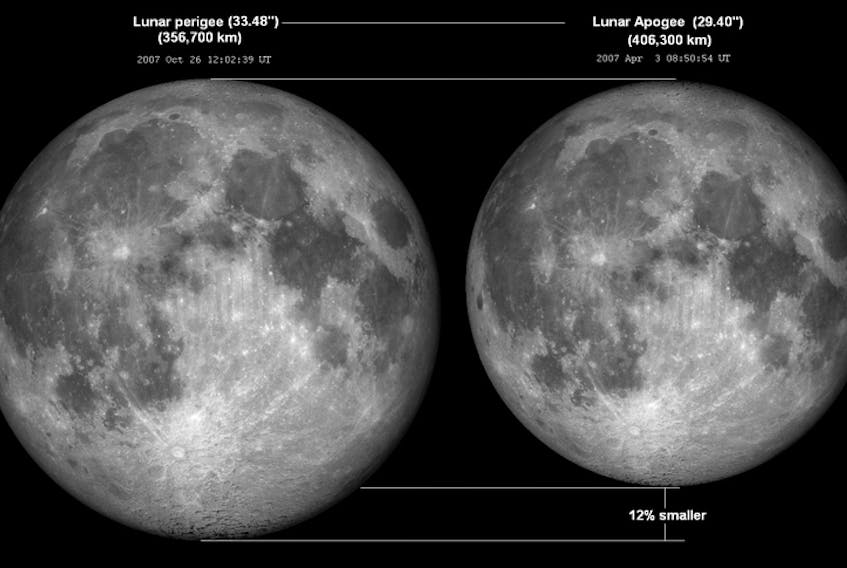
With the warmer spring weather finally upon us, it’s a good time to get out under the night sky to observe its many wonders.
May’s first weekend brings with it a famous, though not prolific, meteor shower. The Eta Aquariids (radiant in Aquarius – the Water Bearer constellation) peak in the predawn hours of Sunday, May 5. The Aquariids are usually active from about April 19 to May 28. They don’t have a sharp peak of only a few hours as do most meteor showers, they rather tend to have a broad maximum period of about a week centred on May 5.
Weather permitting, you can actually watch for the Aquariids a few nights/mornings before and after the May 5.
The Eta Aquariids (named for the bright star Eta in the Aquarius constellation) are one of only two meteor showers associated with the famous Halley’s Comet, the other being the Orionids in October. Every year, in early May, Earth passes through the debris stream left by Halley’s passage around the sun, with the shower being more intense (numerous) some years, as Earth passes through denser sections of the stream. Expect about 20 to 30 bright meteors per hour during the peak, predawn hours when the radiant is highest in the eastern sky. The moon will be new on May 4, so there will be no issue with moonlight interference; best views will come under a dark sky, away from city lights.
Events
- May 4 - New moon
- May 4 - Eta Aquariid meteor shower peaks, predawn
- May 12 - First quarter moon
- May 13 - Moon at perigee (closest to Earth)
Mars, though small, continues to shine brightly at mag. +1.7 above the southwest horizon shortly after sunset. Jupiter rises in the eastern sky around 11 p.m. in early May but doesn’t get very high in the southeastern sky before dawn begins to brighten that part of the sky. Saturn joins Jupiter in the southeastern sky around midnight but, like its bigger sibling, it doesn’t clear the murky, lower atmosphere enough before dawn to give a very good view.
Venus and Mercury are very close to this this month and afford only brief opportunities for viewing. Mercury will be visible very low above the eastern horizon, shortly before sunrise until around May 7. After that date, it will be lost from sight in the glow of the rising sun, as it heads toward its superior conjunction (passing behind the sun as seen from Earth) rendezvous with the sun on May 21. Likewise, Venus (mag. –3.8) is slowly drawing closer to the sun in its orbital journey and is visible only for a brief period above the eastern horizon before being lost in the rising sun’s glow.
The latter half of May holds an interesting phenomenon.
Until next time, clear skies.
Glenn K. Roberts lives in Stratford, P.E.I., and has been an avid amateur astronomer since he was a small child. His column, Atlantic Skies, appears every two weeks. He welcomes comments from readers, and anyone who would like to do so is encouraged to email him at [email protected].
- Read Glenn Roberts' April 17 column: ATLANTIC SKIES: Pink moon and Lyrid meteors appear in April









